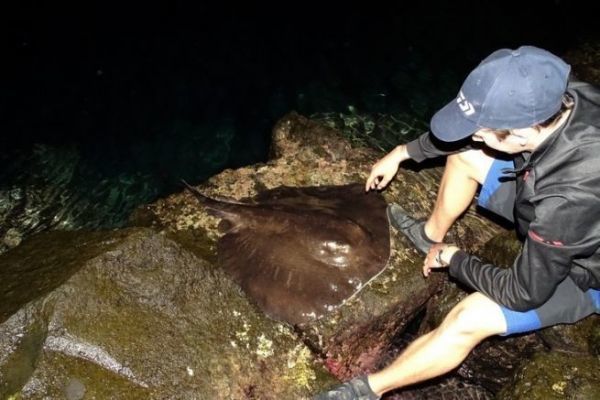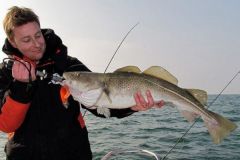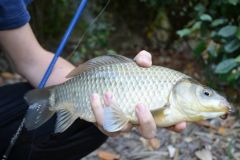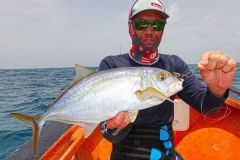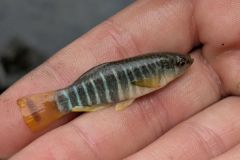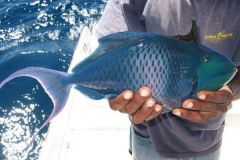The stingray, a species to be handled with care
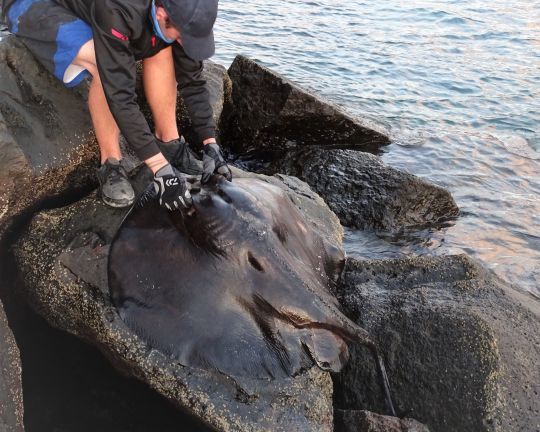
The stingray or common stingray is one of the species of ray found in the Mediterranean and Atlantic. Its scientific name is Dasyatis pastinica and it is sometimes called terre, lancette or even coucou, depending on location.
This stingray is diamond-shaped with a rather pointed snout, a gray-black back and a lighter central face. The stingray has a long tail equipped with a venomous and therefore dangerous stinger. This sting is fitted with two rows of inverted points that remain planted in the flesh. The venom is then injected through a pocket in the tail. This powerful venom can cause serious complications, notably cardiovascular. Even if the venom is thermolabile, i.e. its intensity is diminished by heat, if you ever find yourself injured by a stingray, it's best to call for help quickly and remain motionless. It's worth noting that the stingray remains a harmless animal, but when it feels in danger it can use this formidable weapon.
Stingrays average 1 meter in length and weigh between 10 and 20 kilograms. This species of ray can reach and exceed 2 meters in length.
Behavior and habitat

A solitary fish, the stingray moves close to the bottom in sandy or muddy areas, and even in certain estuaries. When not on the move, it remains buried in the sand. This species of ray is found close to the coast on bottoms ranging from 5 to 70 meters deep.
With its mouth full of sharp teeth, the stingray feeds mainly on crustaceans such as crabs and shrimps. It can also feed on flatfish found in sandy areas.
Stingray fishing
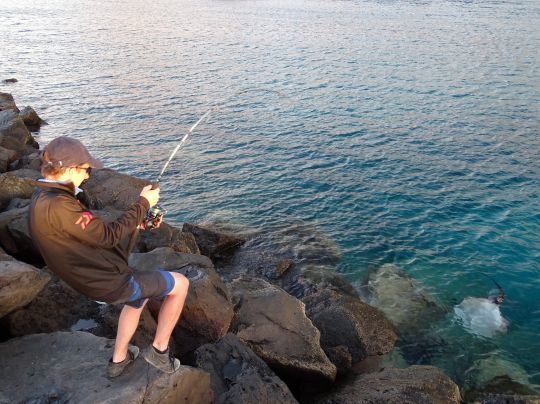
The common stingray is not a particularly popular species with anglers, mainly because of its danger and lack of culinary interest. Nonetheless, it is possible to catch some nice specimens unexpectedly or in search of thrills and trophy fish. Most of the fishing is done by surfcasting or landing on sandy areas, using a variety of baits such as crabs or pieces of fish. The equipment to be used should match the weight and power of the fish sought.

 /
/ 